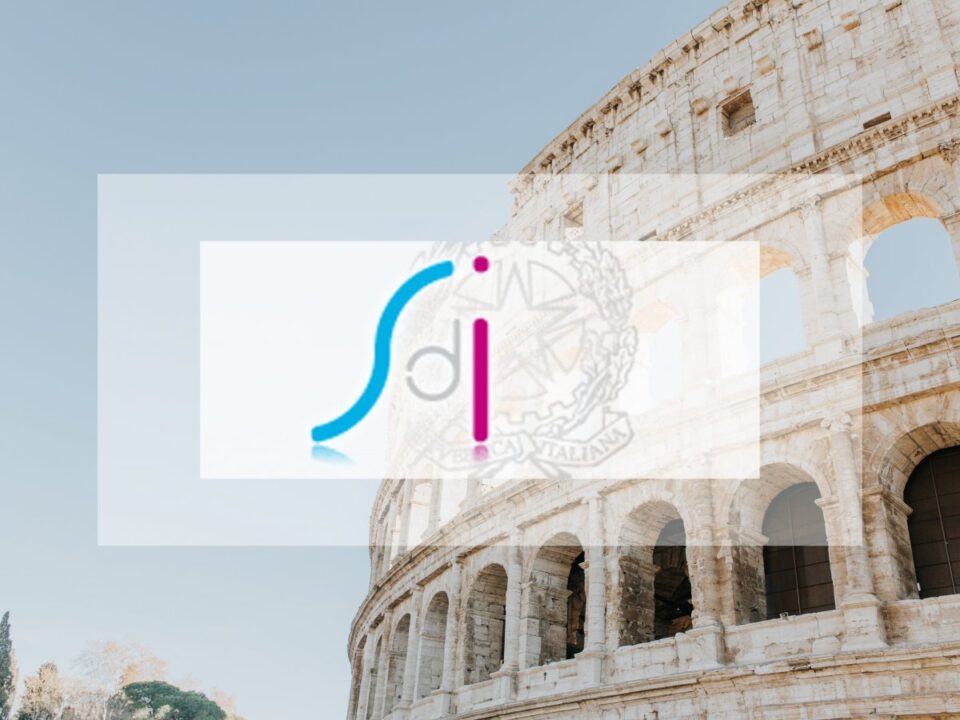
E-Invoicing and Its Geopolitical Stakes
France’s electronic invoicing reform relies on a Y-architecture, where Partner Dematerialization Providers (PDPs) play a central role in issuing and…
Generix partners with VISEO to help customers navigate complex e-invoicing regulations and optimize digital transformation journeys View the press release

To implement the Clearance model, the Italian administration was required to seek an exemption from articles 218 and 232 of directive 2006/11EC from the European Commission. The obligation applies only to companies that produce invoices localized to Italy. Today, the system applies to 3.6 million Italian companies among the 5 million registered companies. This gap applies to those liable to taxation who benefit from an exemption for revenue lower than €65,000. The Clearance model also affects B2G invoicing, meaning 30 million invoices per year exchanged between 1 million companies and 23,000 public services. The Italian Clearance model relies on an exchange server known as Sistema di Interscambio (SDI), an intermediary system between invoice issuer and receiver. SDI records invoices, archives them, and transmits them. It produces information in return regarding invoice processing. The system manages the delivery code, which must be placed on each invoice, and party VAT numbers. All in all, 2.6% of invoices were rejected since the service was launched.
Also note that Italy is one of the first European countries alongside Romania and Poland to deploy split payment, a process by which payment is separated from an invoice into two parts: a “net of tax” portion and a VAT portion.
Nine months after the Clearance model was implemented, the Italian administration has issued a positive report about the measure. To date, 1.4 billion invoices have been transmitted with the following distribution:
The administration increased its VAT collection by 2.01 billion between 2018 and 2019.
900,000 companies automate the process from end to end via an interface with their accounting software.
These data do, however, need to be assigned a context. According to estimations produced by a European Commission report in 2017, Italy is the first country in the EU to fall victim to VAT fraud, with losses estimated at €33.6 billion of government profits.

France’s electronic invoicing reform relies on a Y-architecture, where Partner Dematerialization Providers (PDPs) play a central role in issuing and…

The B2B mandate in Germany, set to take effect on January 1, 2025, marks a crucial step in the European…

Following the October 15 announcement regarding the abandonment of the PPF development, the DGFIP and its partner AIFE are ramping…

Work with our team to build your ideal supply chain software stack and tailor it to your unique business needs.